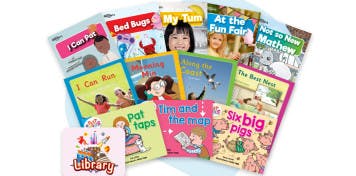


What is Systematic Synthetic Phonics
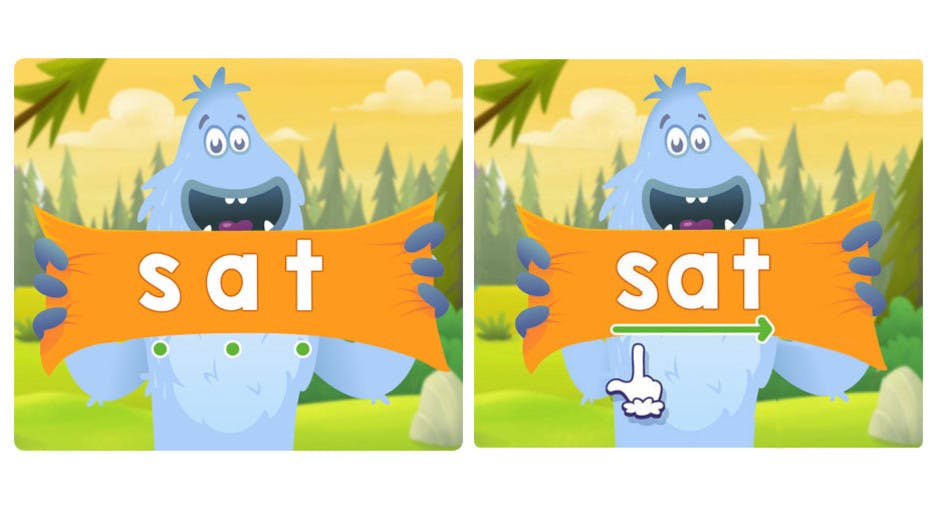
There are so many different options when it comes to phonics instruction.
If you're looking to give your students a strong foundation in reading, systematic synthetic phonics is a powerful method, designed to help you teach your students how to read fast.
But what is it, and how does it work? Here’s everything you need to know about this explicit and phonics-first approach. Let’s dive in!
Table of contents:
What is systematic synthetic phonics?
Why is systematic synthetic phonics seen as effective?
How teachers can teach systematic synthetic phonics effectively in class
What are decodable phonics readers?
Glossary of key systematic synthetic phonics terms
A systematic synthetic phonics program for schools
Systematic synthetic phonics: What is it all about?
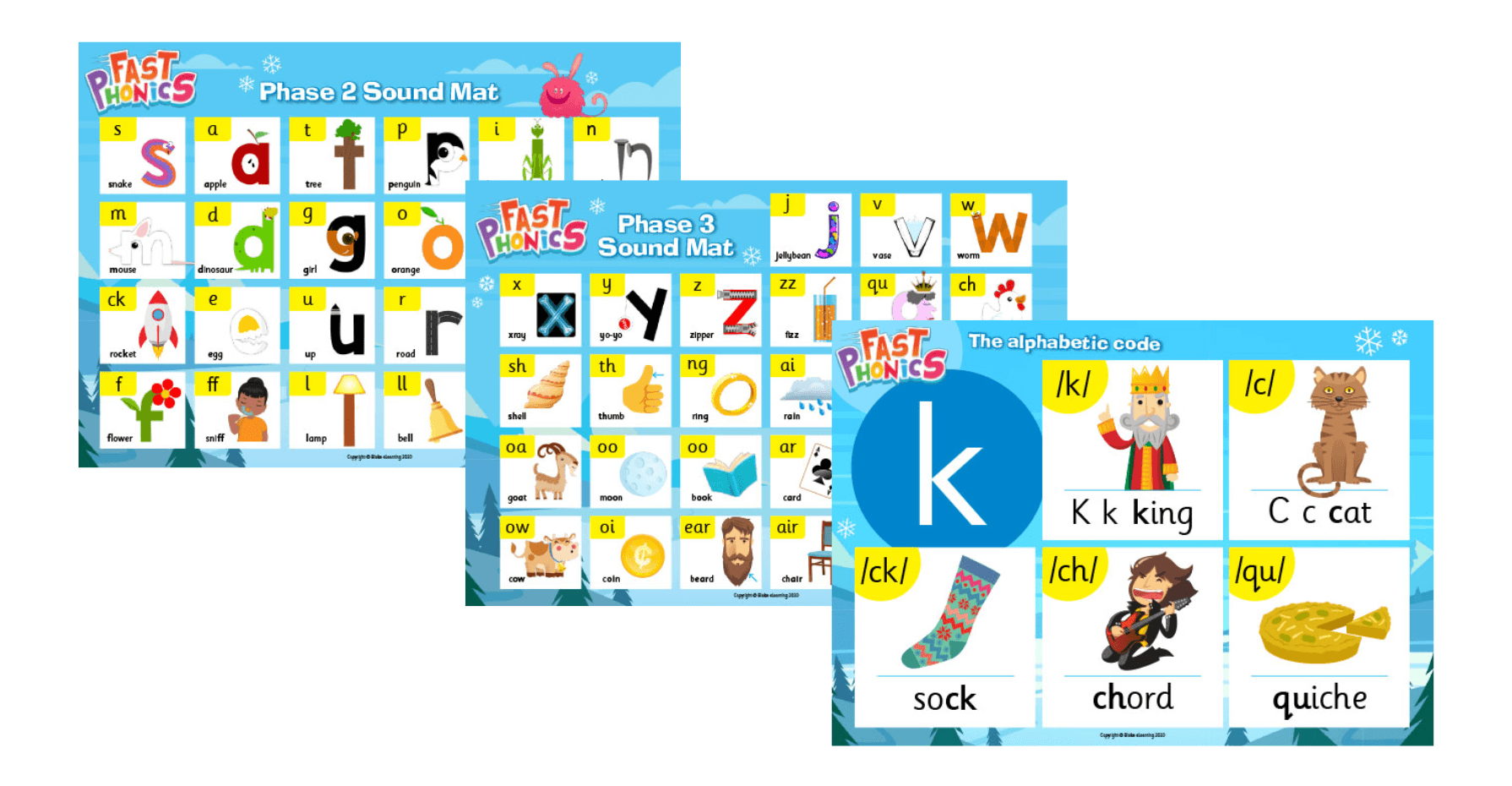
Systematic synthetic phonics (SSP) is a proven strategy for developing essential reading skills in children. As the name suggests, it follows a structured and sequential way of showing learners how to read.
SSP first teaches students how to identify letters (graphemes) and their associated sounds (phonemes). Next comes the ‘synthetic’ step, where students learn how to blend those sounds together (synthesizing) in order to create and read new words.
Research and comprehensive government reviews from the UK, US and Australia have revealed a strong agreement around the importance of systematic phonics instruction during the initial stages of learning to read.
Why is systematic synthetic phonics seen as effective?
English is a complex language where there are many ways to make the same sounds from different letters. For younger or struggling readers, this can be difficult to learn.
A SSP approach equips learners with the strategies to code and decode words. This allows them to form new words by working from sound alone, without having to rely on images or context.
It works best with the following components:
Sequential progress from simple to complex letters and sounds
Explicit instructions are provided on how to blend sounds
Spelling is taught alongside reading
Phonics decodable readers are used to reinforce reading skills
Systematic synthetic phonics is also backed by research, offering a powerful pathway for students who are just learning to read, or have core learning gaps in their phonics knowledge.
Unlock the power of systematic synthetics phonics
Discover how you can give your students an accelerated head start in learning to read.
Try Fast Phonics today!
How teachers can teach systematic synthetic phonics effectively in class
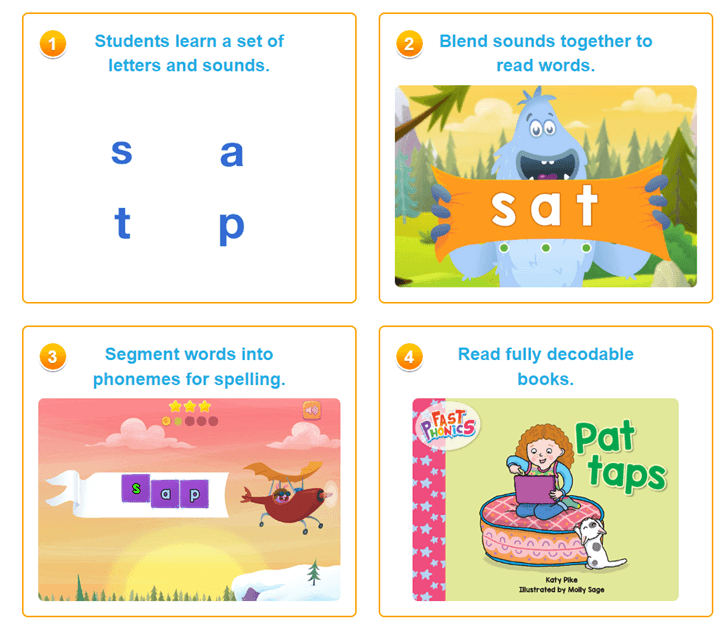
In a SSP lesson, students first learn new sounds in a specific set order, with the most common sounds learned first.
Students first start off with common sounds such as /s/, /a/, /t/, /p/, so they’re able to start blending and reading the words ‘sat’, ‘at’, ‘tap’, ‘sap’, ‘taps’ and ‘pat’.
When they have learned the first set of letters and sounds, new sounds such as /m/, /d/, /i/ and /n/ are introduced the following week.
As they learn new phonemes, they revisit previously learned sounds and blend them to read words. Once all the common sounds have been mastered, students then progress to more complex ones like /sh/, /ch/ (digraphs) and /igh/ (trigraphs).
What are phonics decodable readers?

When students have mastered a set of common sounds, phonics decodable readers are introduced to cement their learning.
These are simple decodable books containing specific letters and sounds (grapheme-phoneme correspondences) or tricky words, according to a systematic synthetic phonics approach. Decodable readers are introduced to students only after they have been taught with the corresponding letters and sounds listed in the book.
By using these texts which pair grapheme-phonemes that are recognisable and meaningful, students experience a newfound sense of confidence as they make connections between what has been taught and their ability to read fluently.
Fast Phonics (part of Reading Eggs) is the perfect companion for in-class Systematic Synthetic Phonics teaching, with over 280 phonics decodable readers and weekly teaching guides. Access detailed phonics lesson plans, printable worksheets, flashcards, sound mats and more!
Glossary of key systematic synthetic phonics terms
To help you have a better understanding, here’s a glossary of common terminologies you might find in a SSP approach.
Term | Definition |
Blending | Combining broken up sounds to make a word. |
Consonant-vowel-consonant (CVC) words | Words that can be read by blending the individual phoneme sounds together, where the vowel sound is always short. For example, cat, rug, and pen. |
Decoding | The process of reading a word by identifying which sound (phoneme) corresponds with each letter (grapheme) and then blending these individual sounds or letters to make words. |
Digraph | A combination of two letters representing one sound, for example /ph/. |
Nonwords | A group of letters or speech sounds that looks or sounds like a word but doesn’t have a meaning to it. |
Phoneme | The smallest unit of speech sound in a word. |
Decodable books/readers | A book for beginning readers containing words they can sound out using letters and sounds, designed to align with explicit and systematic phonics instruction. |
Grapheme | The written letter or group of letters that represent a speech sound. |
Grapheme-phoneme Correspondence (GPC) | Process of matching both the grapheme and phonemes together and vice versa. |
High-frequency words | Words that appear most often in our language. |
Pseudo-words | A type of nonword that is made up of a combination of phonemes, but has no specific meaning. |
Segmenting | Breaking up spoken words into their separate sounds. |
Sound mats | A printed collection of sounds used in phonics, accompanied by a related image. |
Tricky words | Words that cannot be sounded out easily. |
Trigraph | A combination of three letters representing one sound, for example /igh/. |
If you have a class of young learners with a goal to equip them with letter-sound recognition and blending skills, or have students who are struggling to read, check out Fast Phonics.
A systematic synthetic phonics program for schools
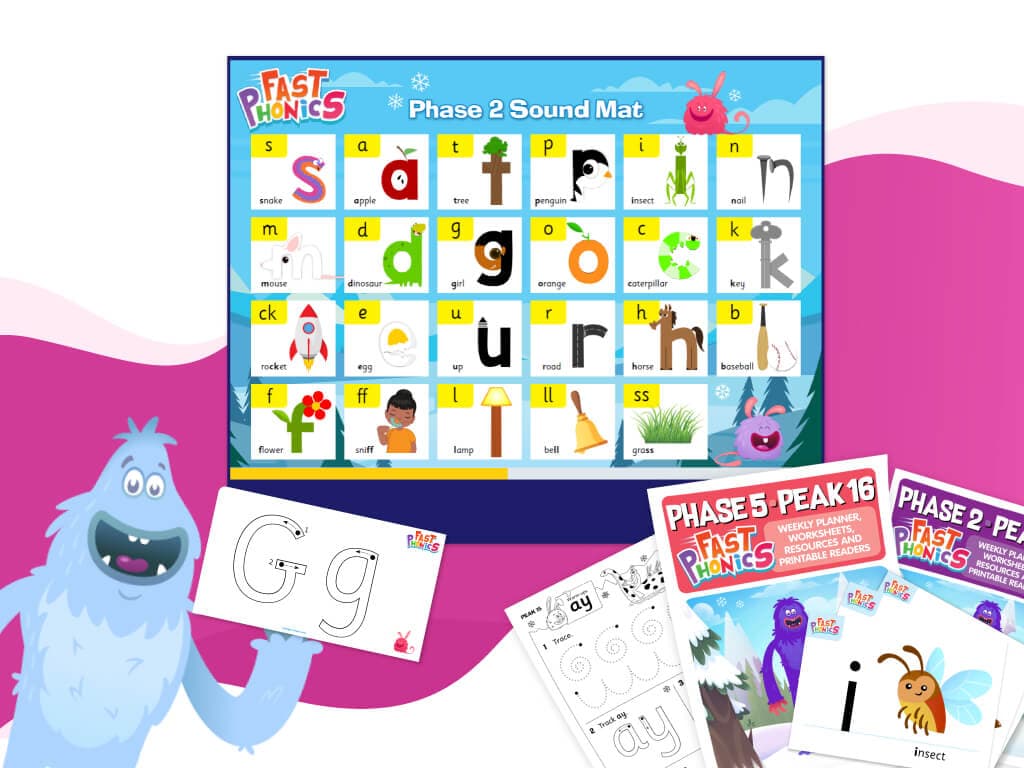
Fast Phonics (part of Reading Eggs) is an online systematic synthetic phonics program that helps beginning readers build a strong reading foundation, while having fun!
Designed for K-2 students, it is packed with over 400 phonics activities and resources to transform your classroom into an engaging phonics learning environment.
Students are first placed on a sequenced learning map to match their reading level and ability, before embarking to complete 20 fun-filled levels known as Peaks.
Engaging phonics lessons accompany them in each Peak, boosting their letter, sound recognition, and blending skills. Watch your class reading skills and confidence increase with every Fast Phonics Peak completed!
Plus, there are built-in assessments to track their progress, and over 280 phonics decodable readers for extended practice. Teachers also get access to detailed weekly teaching planners, teaching decks, flashcards, printable writing sheets and much more.
Unlock the power of systematic synthetic phonics and discover how Fast Phonics can help you equip your students with all the essential phonics skills to become successful and confident readers.
Try Fast Phonics today!
A Fast Phonics school trial comes with an abundance of teaching resources, plus over 400 engaging and rewarding phonics lessons for beginning readers.

